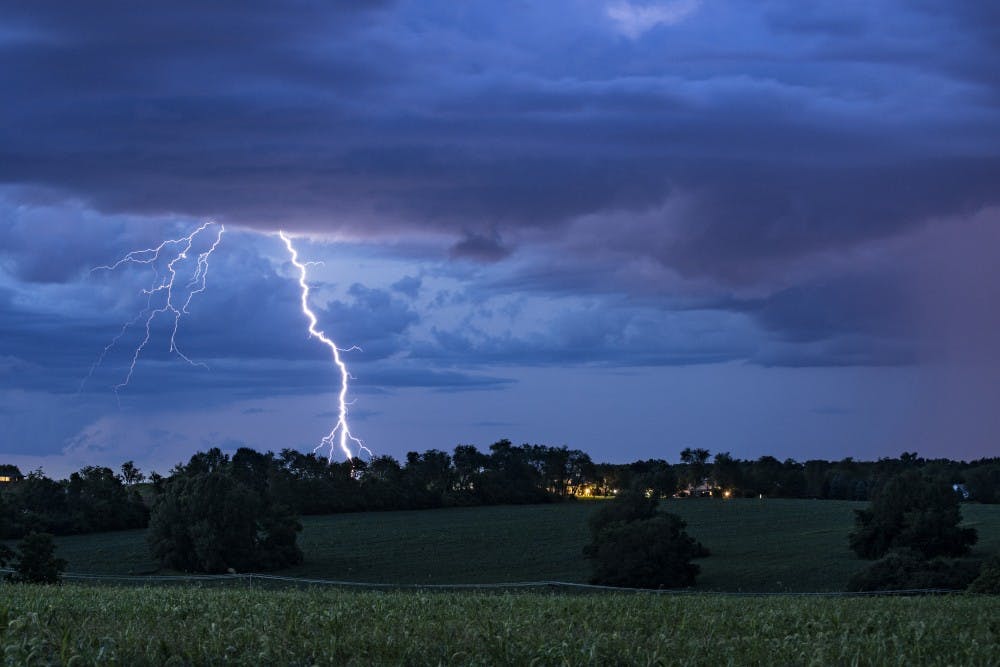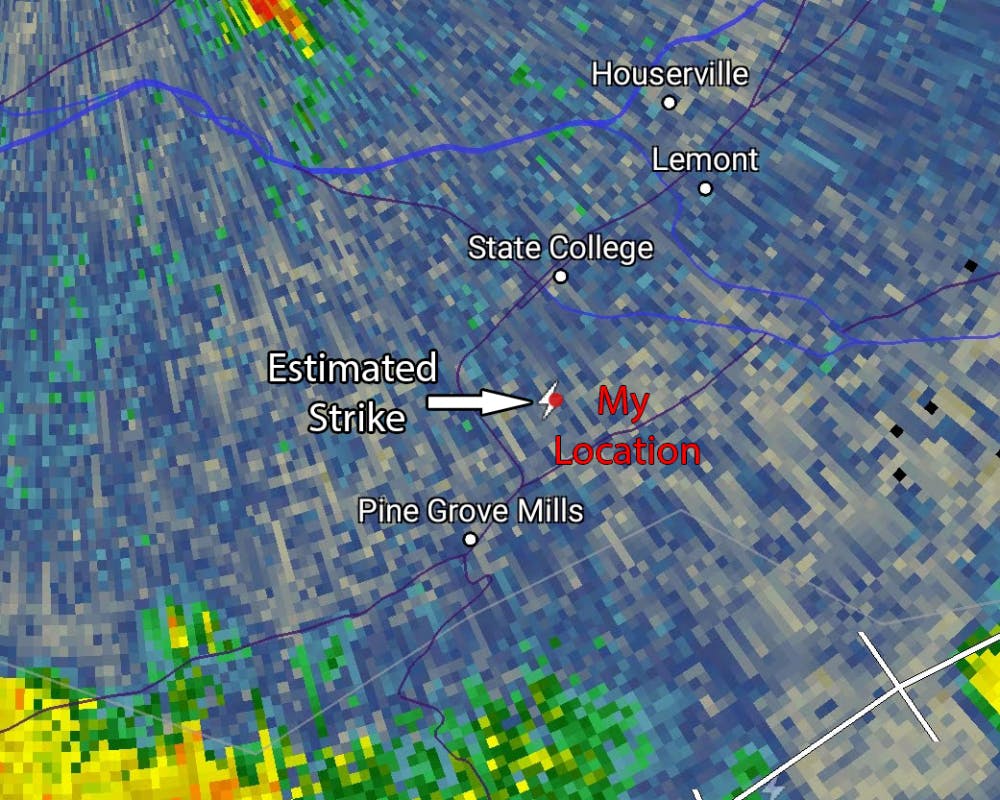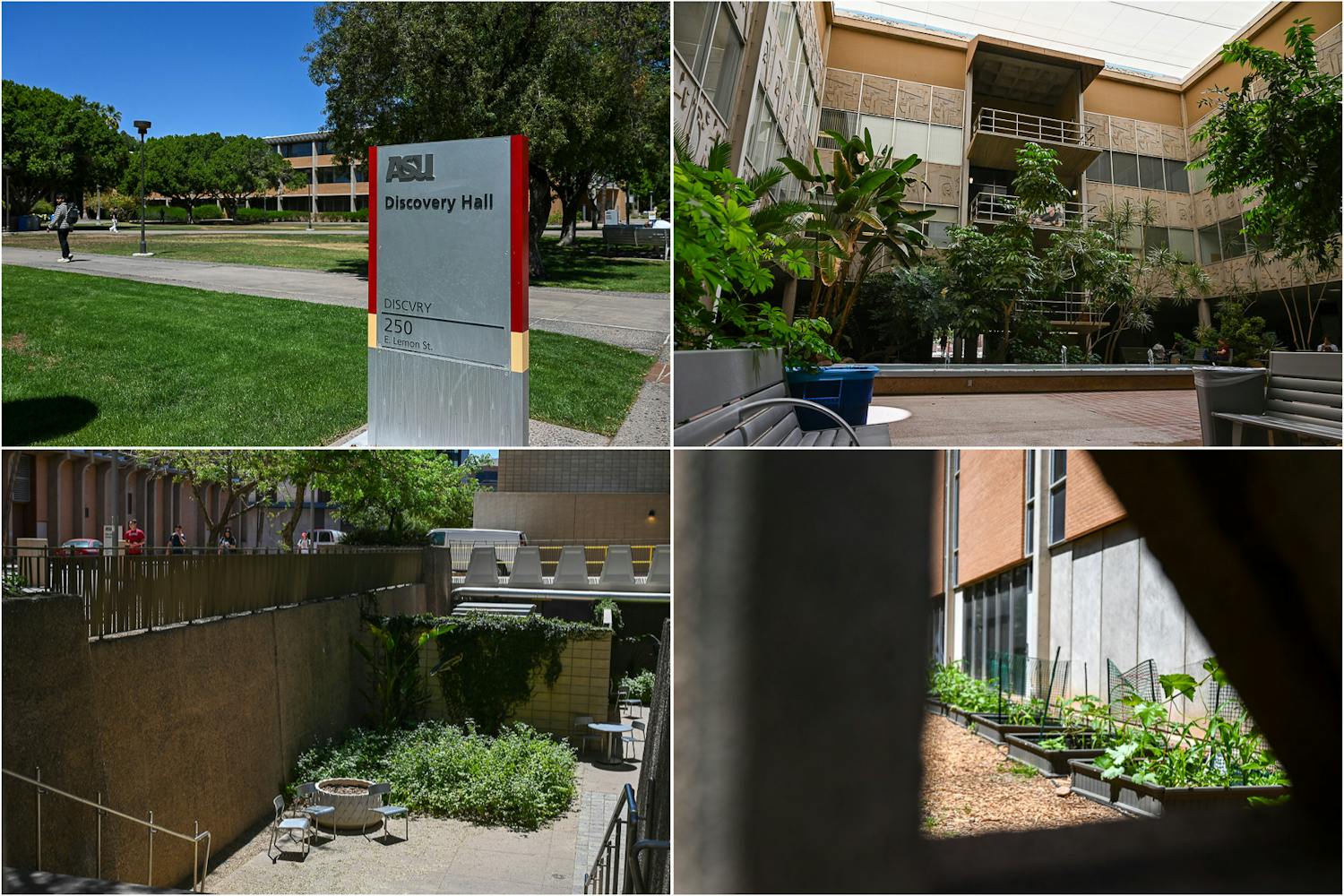This summer, I was almost killed by lightning.
In hindsight, standing unsheltered in an open field to photograph thunderstorms probably wasn’t a great idea. But the incident made me rethink the risks I take for my hobby.
This summer, I started an internship in State College, Pennsylvania, a small town home to Penn State University. I moved without a car, so I found a used bike on Craigslist to explore.
In my first week, I found a trail that led through several cornfields to a slight crest with a 360-degree-view of the rolling hills. The quaint farm homes, equestrian stables and quiet open spaces offered a peaceful respite from work and a great spot for photography.
I visited over a dozen times during my two-and-a-half month stay, and I fell a little bit in love with the area, but on Tuesday, Aug. 6, I almost lost my life there.
After work, I checked the Doppler radar app on my phone and saw several distant storms that I thought could be safely photographed from the cornfields, so I grabbed my gear and set off into the evening.
When I arrived to my spot, it was nearly dark and the lightning was distant and flashy. The sky to the south and to the west would light up every couple minutes followed by a rumble of thunder about 30 seconds after.
I checked my radar again and mentally noted that the storms were roughly five to six miles away and moving slowly. I figured I had about an hour to shoot before the storms would get too close.
I set up my camera facing toward the distant storms and settled in. Fireflies blinked and floated through the fields and everything was quiet.
All in one instant, I felt a rush of energy surge over me. All the hair on my arms, legs and neck stood up, and the electricity discharged audibly as an electrical pop.
The twilight sky turned white, and a heartbeat later the thunder cracked and roared.
In some order, my heart sank, adrenaline surged and I ran as fast as possible. Obviously, there was nothing to run away from, but the terror was too intense to think.
A nearby security camera recorded the silence before the strike, the blinding flash and the deafening roar of thunder.
After I regained composure, I saw that my app, RadarScope, registered the bolt and placed the strike mere pixels from my GPS location. I assume the strike was about 100 yards away.
I’ve photographed lightning as a hobby since I was 13, and I've been near dangerous storms dozens of times, but this was very different.
Read more: How to chase a storm after class
As a storm approaches, there's an escalation of danger — you know when the lightning is getting closer.
Lightning usually strikes near the center of the storm, where the heaviest rain is, but there was no rain near me and I was at least five miles from the storms, so what happened?
What I experienced is known as a positive lightning strike, or a "bolt from the blue." These abnormally powerful electrical discharges jump from the tops of the storms and are much more powerful than regular lightning.
For weeks after my close encounter, I would stare at the screenshot of my location near the strike. I was perpetually stunned by how close I was to death with no warning.
Anything worth doing is risky: hiking, sports and even arts have risks. In my case, being near storms can be extremely dangerous, and a random atmospheric event can be deadly, but I've always taken precautions and tried to be aware of my situation.
However, there's no way I could've known how much danger I was in from those distant storms.
I wondered whether I should quit photographing storms, maybe the hobby isn't worth the danger, I thought. But ultimately I wouldn't be the same without this hobby.
I'll continue to photograph storms and lightning, although more aware of bolts from the blue, but I certainly won't be the same after my close call.
Reach the reporter at cscragg@asu.edu or follow @monsoonchaser on Twitter.
Like State Press on Facebook and follow @statepress on Twitter.





